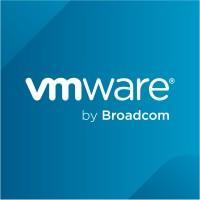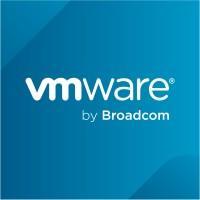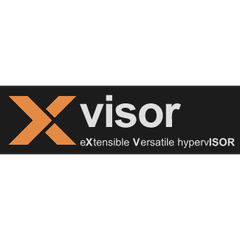
AWS Nitro System
The AWS Nitro System serves as a transformative foundation for the latest EC2 instances, enhancing performance while reducing costs. By offloading virtualization tasks to dedicated hardware, it maximizes server resource allocation. Key components include Nitro Cards for I/O acceleration, a security chip that minimizes vulnerabilities, and a lightweight hypervisor for near-bare metal efficiency.
Top AWS Nitro System Alternatives
Apple Hypervisor
The Apple Hypervisor framework enables developers to build efficient virtualization solutions using a lightweight hypervisor, eliminating the need for third-party kernel extensions.
VMware ESXi
VMware ESXi is a powerful bare-metal hypervisor that installs directly on physical servers, offering seamless access to hardware resources.
CrossOver
CrossOver empowers users to seamlessly run Windows applications on Mac and Linux without the hassle of dual-booting or emulators.
VMware Fusion Pro
VMware Fusion Pro offers a robust desktop hypervisor solution, allowing users to seamlessly run multiple operating systems on Windows, Linux, and Mac platforms.
Xvisor
Xvisor® is an open-source type-1 hypervisor designed for high performance and low memory usage across various CPU architectures, including ARM and RISC-V.
VMware Workstation Pro
VMware Workstation Pro is a powerful desktop hypervisor that enables users to create and manage virtual machines on Windows, Linux, and Mac systems.
µ-visor
It boasts near-zero overhead, ensuring real-time efficiency and resource optimization...
Lguest
By utilizing a pty console, it allows efficient interaction and faster kernel test boots, achieving...
Top AWS Nitro System Features
- Dedicated hardware offloading
- Lightweight Nitro Hypervisor
- Enhanced security model
- Nitro Cards for I/O acceleration
- Nitro Security Chip integration
- Bare metal instance support
- Modular architecture flexibility
- Continuous hardware monitoring
- CPU and memory isolation
- Trusted Platform Module support
- Cost-saving resource allocation
- High-speed networking capabilities
- Seamless legacy instance support
- NitroTPM for cryptographic security
- Isolated compute environments
- Reduced attack surface exposure
- Rapid EC2 instance delivery
- Increased overall system performance
- Customizable instance types
- Simplified migration to EC2







